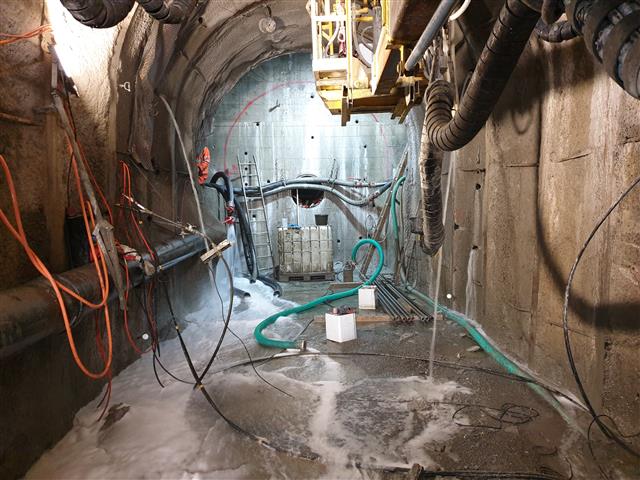Klein aber fein – was unsere Widgets so können

So wie die Gute Hexe des Nordens ihre Munchkins braucht und Gru nicht ohne seine Minions kann, so verlassen auch wir von eguana uns gerne mal auf unsere kleinen Helferlein. Diese kommen in Form von Widgets, die eguana SCALES optisch aufhübschen und bei der Darstellung unterstützen. Was Widgets eigentlich sind und was unsere speziellen Widgets […]
Virenfrei in den Herbst – mit IT-Security auf Nummer sicher gehen

Am Anfang war das Internet. Na gut, nicht ganz am Anfang. Zuerst kam das Licht (oder war es das Huhn?). Aber jedenfalls gab es das World Wide Web, bevor es die IT-Sicherheit gab. Noch immer fristet die IT-Security ein stiefmütterliches Dasein im Bewusstsein der meisten User, gewinnt jedoch in Zeiten, in denen Informationen fast ausschließlich […]
Staying safe with IT security

In the beginning there was the internet. Well, not at the very beginning. First came the light (or was it the chicken?). But in any case the World Wide Web existed long before IT security. IT security continues to live a neglected existence in the minds of most users, but is becoming more and more […]
Über den Sommer und andere Dinge, die zu Ende gehen

Florida hat zurzeit mit einer biblisch anmutenden Plage zu kämpfen. Statt Fröschen, die die Ägypter heimsuchten, sind es Leguane, die auf den Florida Keys ihr Unwesen treiben. Längst ist bekannt, dass Haie zu Unrecht in Kinofilmen als Monster dargestellt werden. Und obwohl der New Smyrna Beach in Florida weltweit jener Ort ist, wo die Wahrscheinlichkeit, […]
Hybrid Injections – The Best of Both Worlds

Once again our well-known archenemy is trying to thwart our plans: water. We have already dedicated several blogs to this topic, for example to enlighten our readers about sealing measures in anhydrite-bearing mountains, or to get insight into dewatering methods from the Bronze Age to the present. Today’s blog entry we dedicate to a current […]
Hybridinjektionen – Das beste beider Welten

Wieder einmal ist es unser altbekannter Erzfeind, der versucht, uns einen Strich durch die Rechnung zu machen: das Wasser. Wir haben ihm schon mehrmals Beiträge gewidmet, unter anderem, um über Abdichtungsmaßnahmen in anhydritführendem Gebirge aufzuklären, oder um einen Blick auf Wasserhaltungsmethoden von der Bronzezeit bis in die Gegenwart zu werfen. Heute widmen wir uns einer […]
Time is money: saving time and money with digital construction process management

Distance learning, Zoom-conferences, theatre visits via the own laptop. Due to the corona-related social distancing and the associated home office, digitisation has been boosted in Austria which finally brought us into the 21st century. The construction industry too is realising slowly but steady that digitisation can simplify many processes – and thus safe money. Leopold […]
Homo Home-Office or: how the construction world is changing due to corona

It was almost exactly three months ago that the corona-related emergency was declared in Austria. The world held its breath in March, April and May, and most of the work on the construction sites was stopped. Nevertheless, we at eguana used this time productively. In the meantime, the situation has calmed down and even though […]
Eguana.Flowmeter – Flow measurements that do NOT go down the drain

We have already demonstrated in several projects that at eguana we are not only familiar with software, but also hardware. We want to present one of these solutions today: the eguana.Flowmeter. In injection technology, it is essential to record the current flow rate, because on the one hand this is an important quality parameter (mixing […]
Of legendary iguanas and quick finches

“Now, here, you see, it takes all the running you can do, to keep in the same place.” The sentence said from the Red Queen to Alice in Lewis Carrol´s “Through the Looking-Glass” stands today for a ground laying assumption of the evolution biology. It says that animal and plant species are in a constant […]